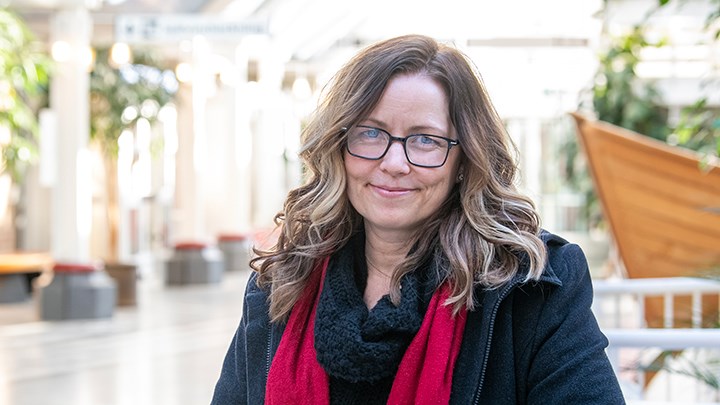Legislation appears to impact chemicals in preschools

“Children are especially susceptible to hormonal influences as hormones control many important biological processes during development,” says Ylva Sjöström.
When one harmful substance is banned, it is often replaced by another. Therefore, it is essential to evaluate the health effects of chemicals before they reach the market. This is Ylva Sjöström’s conclusion based on the results of her doctoral thesis in chemistry at Örebro University.
“We could see that chemical legislation appears to have had an impact on the substances found in the preschools studied,” she says.
Indoor environments contain a wide range of materials and products containing chemicals, which can be released into the air and accumulate in dust. People are exposed to these substances daily, and some can negatively impact our health, such as having endocrine-disrupting effects. Children are exposed to chemical substances such as flame retardants and softeners in indoor materials and products – many of which have hormonal-disrupting effects on children.
“Children are susceptible to hormone exposure because hormones regulate many vital biological processes during development. Therefore, it is crucial to understand both the exposure to and the potential health effects of these chemical substances,” explains Ylva Sjöström, who works at the Department of Occupational and Environmental Medicine (AMM) within Region Örebro County.
Ylva Sjöström’s thesis examined multiple flame retardants and softeners in various indoor environments. Although the measured chemical concentrations were below available reference values, many substances studied have no such reference values.
“The lack of reference values raises uncertainties about the risks to children’s health and demonstrates the need for more research,” says Ylva Sjöström.
Her studies have shown that factors like the year of construction or renovation and the number of electronics and plastic toys in the preschools studied, had a bearing on which chemicals were present.
Pinpointing potential sources allows for better strategies to be developed for reducing chemicals in indoor environments over time.
Ylva Sjöström concludes that chemical legislation appears to have impacted the substances found in the preschools studied and that it is essential that the effects of chemicals on health are examined before new substances come into use.
Text: Elin Abelson
Photo: Maria Bergman
Translation: Jerry Gray
